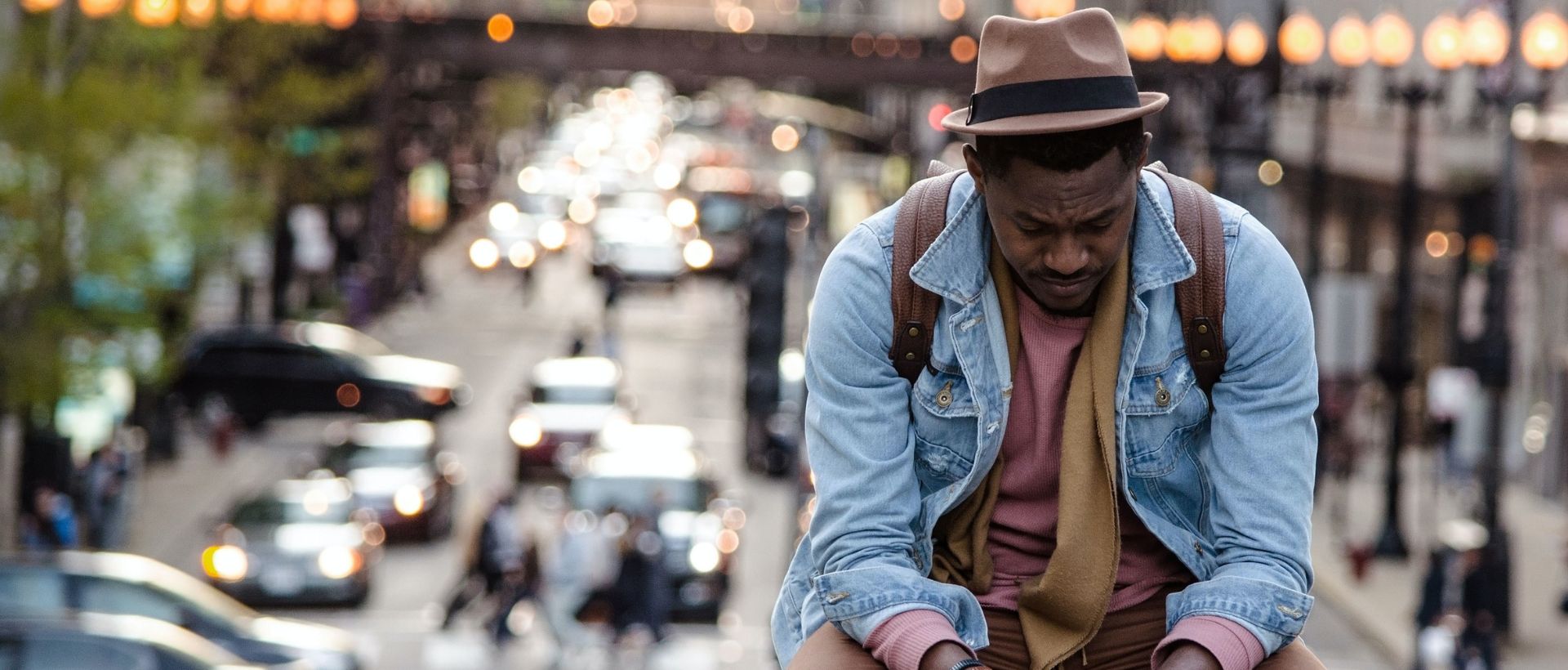Arturo Elescano, 42, was diagnosed with migraines when he was 13 years old. She is among the 30 million Americans who suffer from the medical condition, according to the U.S. Department of Health & Human Services.
The medical condition receives particular attention this time of year, as June is deemed National Migraine and Headache Awareness Month. Dr. Rachel Colman, an assistant professor of neurology at UConn and a headache specialist at the Cheshire Headache Center of Hartford Healthcare’s Ayer Neuroscience Institute, explained migraines are a specific type of headache and considered a disease.
The cause is often genetic. Migraine headaches can last between four and 72 hours and can be accompanied by other symptoms like nausea and light and sound sensitivity.
Migraines are more common in women than men, Colman said. One in six adults experience migraines and they tend to affect all ethnic groups the same. However, medical professionals say access to care and treatment presents many disparities.
“Unfortunately, African American and Hispanic people are much less likely to receive the diagnosis of a migraine,” she said. “If you don’t get properly diagnosed, you don’t get the right treatment.”
African Americans are 25% less likely and Hispanics are 50% less likely to receive the diagnosis.
Migraines are diagnosed by symptoms. So far, there are no tests that can determine if someone has a migraine or not. Irritability, neck pain, vomiting and fatigue are also associated with migraines. Colman explained that people with migraines can also experience an aura, which means they see flashing lights, dark spots or squiggly lines before, during or after a headache. An aura can last from five minutes to an hour, she said.
Although migraines are a brain disorder, they are caused by triggers, Colman said.
“Avoiding triggers can prevent it from happening at a high frequency,” she said.
So far there is no cure, but certain lifestyle changes “make it harder for the headache to happen,” Colman said. “We recommend people with migraines work on having plenty of fluids to avoid dehydration because that can be a trigger.”
Other triggers include skipping a meal and poor sleep.
Colman recommends migraine patients work on mood, relaxation and meditation. Worsening anxiety or depression can also lead to more migraines.
“If someone’s doing all the lifestyle factors really well and they are still having high frequency headaches, there’s a lot of different medications that can be used to help prevent the headache,” Colman said.
Colman said medication can also be used to break a headache while it is occurring.
Within the last four years, new treatments with fewer side effects have been developed.
One of the newer treatments is an antibody for migraine prevention – calcitonin gene-related peptide (CGRP). Colman said drug companies have developed a medication attached to the CGRP to help prevent migraines.
“It’s really exciting because no one has ever made a drug for this type of receptor before,” she said.
The medication is given as a once a month injection or once every three months intravenously.
Elescano’s experience with migraine
If Elescano gets a migraine, the rest of his day changes. He said some of his symptoms include vision problems, nausea and vomiting. What helps him is going into a dark, quiet room and sleeping.
Elescano said it can take him up to 24 hours for the headache to be completely gone. He stopped taking medication and has instead changed his lifestyle. Most of the changes are related to his diet and light exposure, he said.
For more information, visit Hartford Healthcare’s Headache Center.











